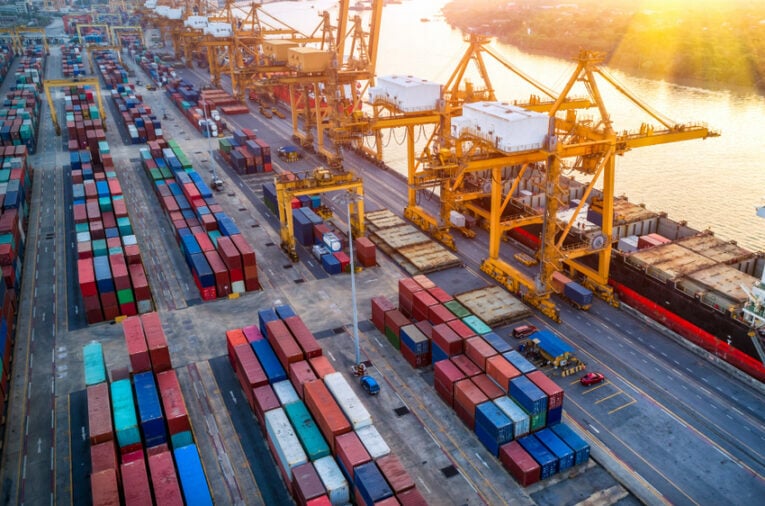Although the value of global trade rose to a record high of $7.7 trillion in the first quarter of 2022, the United Nations Conference on Trade and Development (UNCTAD) believes that this positive trend may end soon.
According to the report titled “Modernization of Global Trade”, there are a series of challenges that will have a negative impact on the volume of trade for the remainder of the year, including the escalation of interest rates, the liquidation of economic stimulus packages, global disruption in supply chains, trends and policies of regionalization that support transformation towards a greener global economy, volatility in commodity prices and geopolitical factors which will all continue to make trade developments uncertain.
Given rising global debt levels, concerns about debt sustainability are likely to increase in the coming quarters due to rising inflationary pressures and associated interest rate increases, according to UNCTAD.
“The continued tightening of financial conditions is expected to increase pressure on indebted governments, amplifying vulnerabilities and negatively impacting investment and international trade flows,” the report said.
These factors prompted UNCTAD to say: “The positive trend of international trade may end soon.”
Global trade in the first quarter
The value of global trade rose about 15 percent to a record $7.7 trillion in the first quarter of 2022, an increase of nearly $1 trillion compared to the same period last year, according to UNCTAD.
The report stated that the value of trade increased by about $250 million over the last quarter of 2021.
Trade in both goods and services increased from January to March.
Strong trade growth for both developed and developing countries
According to the report, trade growth rates in the first quarter of 2022 remained strong across all geographies, although somewhat decreased in East Asia and the Pacific regions.
Export growth was generally stronger in commodity export regions, where commodity prices rose.
The volume of trade in merchandise goods amounted to about $6.1 trillion dollars, an increase of about 25 percent compared to Q1 2021, and a jump of about 3.6 percent compared to Q4 2021.
The value of merchandise exports from developing countries was about 25 percent higher in Q1 2022 than in Q1 2021. By comparison, this figure is about 14 percent for developed countries.
Merchandise trade between developing countries also grew strongly during Q1 2022.
Also, trade in services grew to about $1.6 trillion, an increase of about 22 percent compared to Q1 2021, and an increase of about 1.7 percent compared to Q4 2021.
Significant increases across sectors
The report shows that most economic sectors recorded significant year-on-year increases in the value of their trade in Q1 2022.
The rise in fuel prices was behind the significant increase in the value of trade in the energy sector. Trade growth was also above average for minerals and chemicals.
By contrast, trade in the transport and communications equipment sector remained below 2021 and 2019 levels.
Slowing economic growth and war in Ukraine bleak prospects
The report says the development of global trade for the remainder of 2022 is likely to be affected by slower-than-expected economic growth due to higher interest rates, inflationary pressures, and concerns about debt sustainability in many economies.
The report states that the war in Ukraine is affecting international trade by increasing upward pressure on international energy and commodity prices.
In April, the International Monetary Fund cut its forecast for global growth for 2022 to 3.6 percent, down from its previous estimate of 4.4 percent in January.
And the head of the fund, Kristalina Georgieva, announced that “the outlook since our last update in April has become significantly bleak,” and revealed that the fund will reduce in the coming weeks its growth forecast for the third time this year.
Last month, the World Bank lowered its growth forecast for the global economy for the second time this year as the Ukraine war, now in its fifth month, exacerbated the slowdown caused by the pandemic.
High food and energy prices
In the short term, due to inelastic global demand for food and energy products, higher food and energy prices are likely to lead to higher trade values and marginally lower trade volumes.








